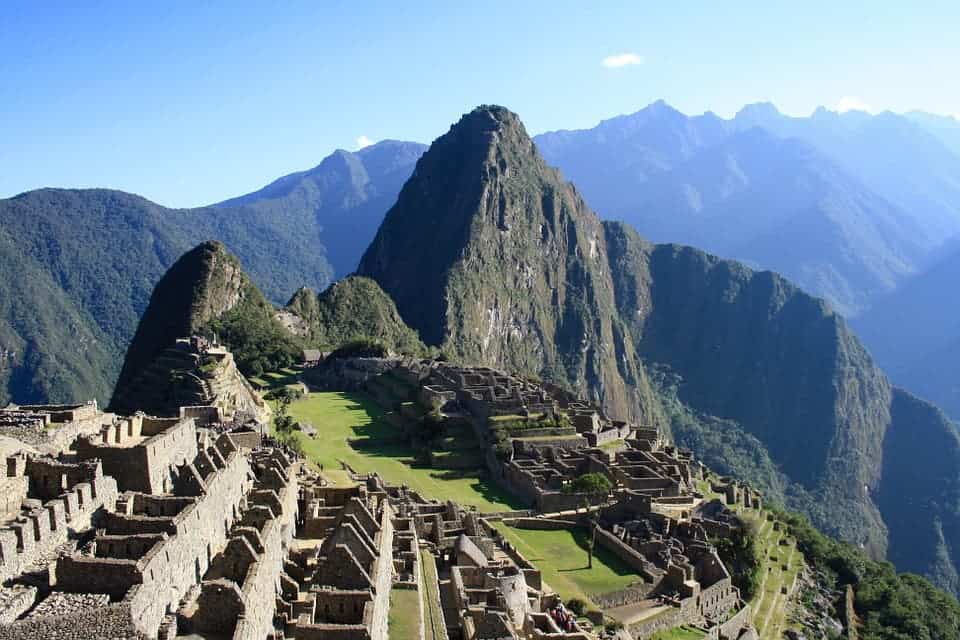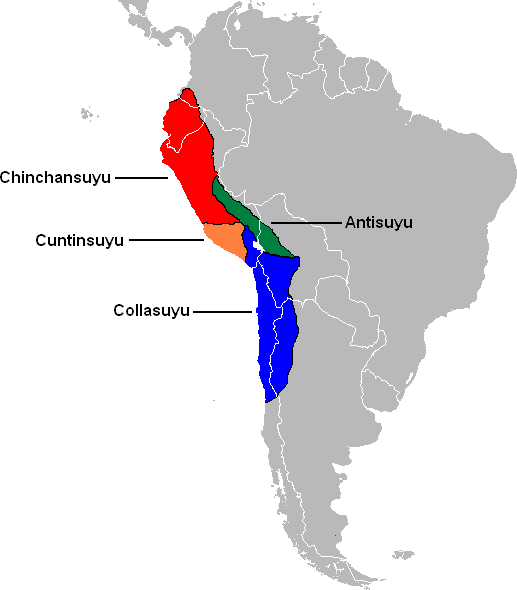
The Inca founded the largest empire in pre-Columbian America, and possibly the largest empire in the world in the early 16th century. Its origin, however, has always been shrouded in mystery — much to the vexation of scholars.
But although written records are few and far between, each and every one of us carries a record of our ancestors in our genes. Recently, an international team led by researchers at the University of San Martin de Porres in Peru used genetic sequencing techniques to show that there’s credence to two of the most popular Inca origin legends, and that they might even be linked.
The Inca combined their mythology with the Aymara, an indigenous nation in the Andes and Altiplano regions, which has obscured their origin myth even further. According to the most popular legend, the Inca state was founded by Manco Capac, who brought his people from Lake Titicaca, in Puno. According to another legend, the four Ayar brothers emerged out of the Pacaritambo mountain in Cusco. Later, the tribe gradually established its hegemony over other people.
Researchers in Peru, Brazil, and Bolivia sequenced the genomes of 3,000 samples from present-day families known to be descended from the Incas. These indigenous families, known as ‘Panakas’, are one of the few living relatives of the old Inca nobility, whose DNA is very difficult to obtain from archaeological samples as the Spanish Conquistadors destroyed burial sites and Inca mummies during their conquest.
When the Panakas DNA was compared to those of people living in Puno and Cusco, there were significant genetic similarities suggesting both legends have at least an ounce of truth to them, as reported in the journal Molecular Genetics and Genomics. What’s more, the two legends might actually be linked.
“After three years of tracking the genetic fingerprints of the descendants, we confirm that the two legends explaining the origin of the Inca civilization could be related,” Ricardo Fujita from the University of San Martin de Porres in Peru told to AFP.
“Probably the first migration came from the Puno region and was established in Pacaritambo for a few decades before heading to Cusco and founding Tahuantinsuyo.”

These preliminary results will be improved once the researchers manage to identify old Inca mummies and have their DNA sequenced. Whatever they find will either cement the idea of a multiple-lineage origin theory or force the researchers back to the drawing board.
“We have arrived at the conclusion that Tahuantinsuyo nobility descends from two lineages, one from Lake Titicaca in the Puno area and the other from the Pacaritambo mountain in Cusco. That tells us the legends about the foundation are true and that they could’ve been a single scenario,” Jose Sandoval, a researcher of the University of San Martin de Porres, explained to the AFP.






